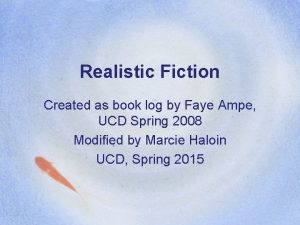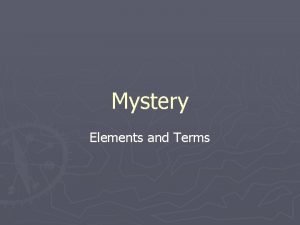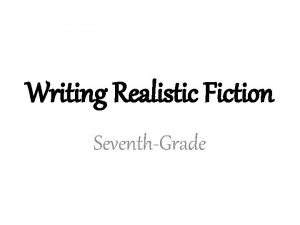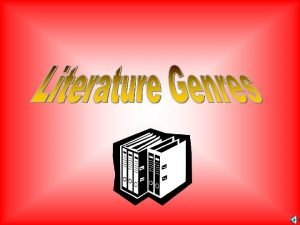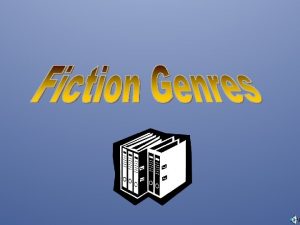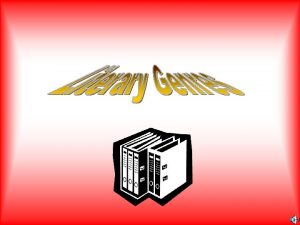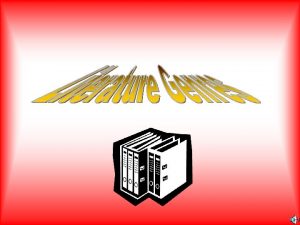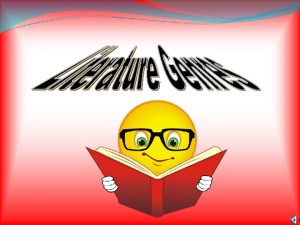MYSTERY ELEMENTS Realistic fiction Everything in the story







- Slides: 7

MYSTERY ELEMENTS

Realistic fiction. Everything in the story revolves around a puzzle or an unusual problem to solve. The author drops hints that might help the reader solve the mystery. There might be distractions in story to lead the reader away from the correct solution. The story ends with a credible, realistic solution to the mystery. Types of mysteries: Detective stories • Secret agent stories • Crime stories • Police procedurals • Strange occurrences • Urban Legend WHAT IS A MISTERY?

Characters: detective, investigators, spies, police, suspicious people, every day people Setting: could be a crime scene, detective agency, creepy house, realistic place Plot: crime or mysterious event to solve & clues = a solution to the mystery. Mystery: A Problem To Solve • Who Did It? • What Is It? • How Did It Happen? MISTERY GENRE

A mystery has: • Catchy title • Mood of suspense • Clues to keep the reader involved • Plot with problems, complications, climax and resolution to problems. Purpose of the Mystery • Entertain the reader • Make the reader predict what will happen next • Recognize clues that something is about to happen-foreshadowing • Use of the flashback to give the reader important information. MISTERY ELEMENTS

Conflict. All mysteries have at least one conflict Many have more than one story line within the story. Internal conflict that exists in ones mind, within ones self. External conflict: man vs. another person or an outside force. Characters. Protagonist (the central character or hero in a narrative or drama). • Antagonist-the “bad guy” or the person who works against the hero. • Characters-person, animal or imaginary creature in a story. MISTERY ELEMENTS

Plot. Sequence of events that make up a story. • Exposition-sets the tone, introduces the setting and characters. • Climax-turning point in the story • Resolution/falling action-part of the story after the climax. Most mystery plots use suspense. This means that the reader does notknow the solution while he or she is reading the mystery. Distractions are things that lead an investigator off the path, including clues that do not add up to a solution but make the search longer. MISTERY ELEMENTS

Usually there is: • A problem or puzzle to solve • Something that is missing • A secret • An event that is not explained. Clues are hints that help the detectives and reader solve the mystery. They can be things people say or do or objects that are found. Most mysteries have astructure like this: Introduction: learn about the problem, meet characters Body of story: someone is working to solve the mystery Conclusion: mystery is solved. MISTERY ELEMENTS

